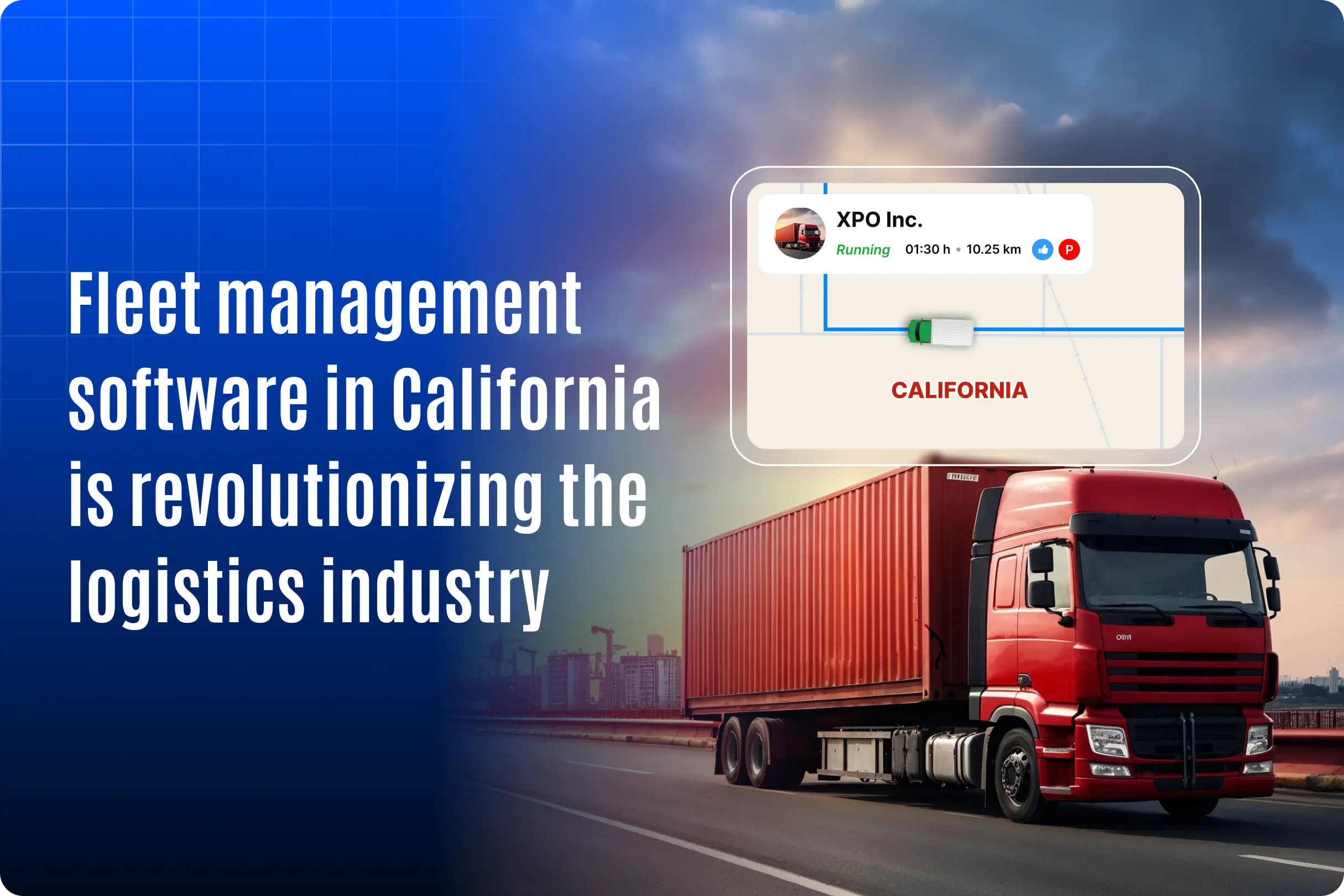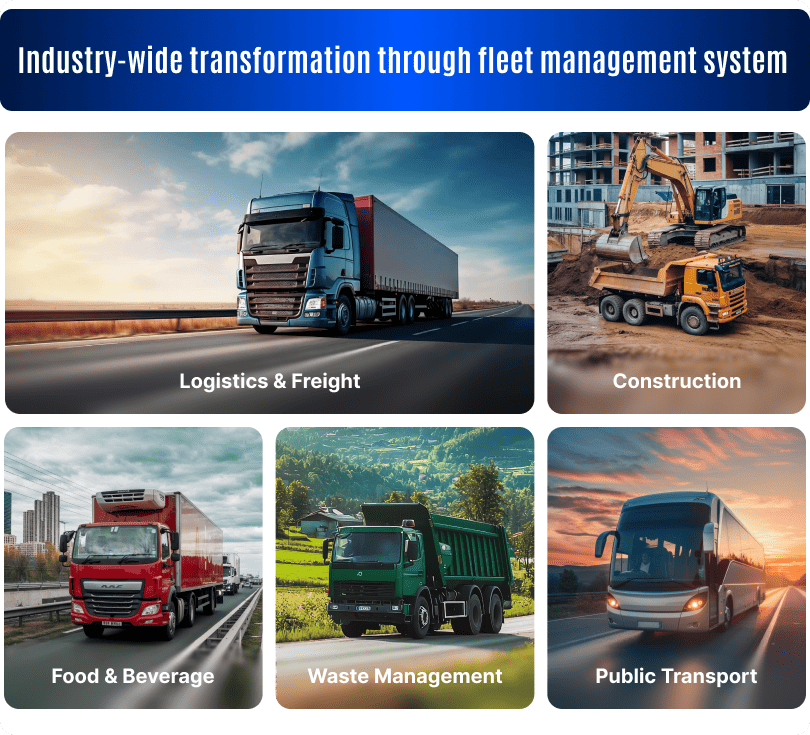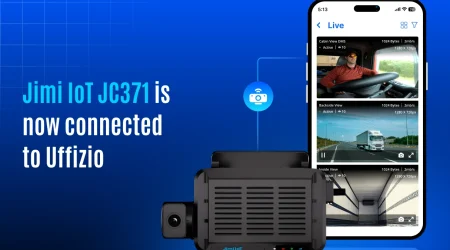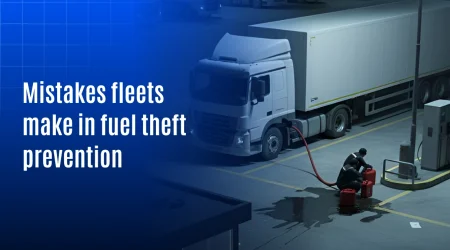How Fleet Management Software in California is Revolutionizing the Logistics Industry

Think of California for a moment. You see busy highways, long lines of trucks, and ports full of activity. It’s the place where much of America’s trade begins, and the pressure on fleets is just as big as the opportunities. In this environment, fleet management software in California has become central to keeping operations organized and efficient.
Logistics companies here face daily battles from high fuel costs and heavy traffic to strict emission rules and demanding customers. For years, many tried to manage it all with phone calls, paper logs, and old spreadsheets. But those days are over.
Fleet management software in California is not just making work easier. It is transforming the entire logistics industry. From lowering costs to earning customer trust, it has become the system that keeps modern logistics moving.
Understanding California’s logistics landscape
California presents both opportunities and challenges for logistics companies. Some of the key factors include:
High goods movement
California is the hub of America’s trade, with its ports moving close to 40% of imports. This enormous flow of goods demands reliable fleets that can move cargo from ports to warehouses quickly.
Strict regulations
But strict laws on emissions, driver hours, and vehicle care keep fleets under constant pressure. Compliance requires digital records and constant monitoring, leaving little room for manual errors.
Heavy traffic
In cities like LA and San Francisco, daily traffic jams throw delivery plans off track. Trucks get stuck for hours, fuel burns away, and drivers end up tired and frustrated. Without smart planning tools, many fleets find it difficult to keep services running on time.
Push for sustainability
On top of that, California wants fleets to go greener and cut emissions fast. Operators must prepare for the transition to cleaner fleets, which requires both technology and investment.
To manage all this, companies are turning to fleet management system for real-time tracking and smarter planning.
The rise of fleet management software in California
California’s logistics companies didn’t jump into advanced tools right away. In the beginning, most fleets managed with GPS trackers and a couple of basic telematics tools. That system kept things running for a short time, but with traffic, costs, and compliance piling up, it quickly fell behind.
The results spoke for themselves. Fleets saw fewer breakdowns, saved more on fuel, and found it easier to meet California’s regulations. Word spread quickly, and what started as an option for a few early adopters has now become the standard way of managing fleets across the state.
How fleet management system is revolutionizing logistics in California
1. Real-time tracking
Managers can see trucks live on the map. If one is late or stuck, they can change the route and give customers the right delivery time.
2. Fuel savings
Fuel is expensive in California. The software tracks fuel use, idling, and wasteful driving, helping fleets save money and cut pollution.
3. Easy compliance
California has strict rules. The software keeps digital driver logs, reminds about inspections, and makes reports to avoid fines.
4. Safer driving
It records speeding, hard braking, and risky behavior. Managers can train drivers to improve, and some systems even warn drivers in real time.
5. Prevent breakdowns
With built-in fleet maintenance software, it monitors vehicle health and shows when service is needed. This prevents sudden breakdowns and reduces repair costs.
6. Go green
California pushes for clean transport. The software helps fleets lower emissions, plan efficient routes, and even support electric vehicles.
7. Better service
Customers get live tracking and accurate ETAs. Clear updates and fewer delays build trust and keep clients happy.
The future of fleet management software in California
Logistics in California is moving fast toward a more technology-driven future. Some key trends include:
- Artificial intelligence (AI): AI will guide fleets with smarter routes, predict busy time and warn about possible delays.
- IoT integration: With this system they can share live location information about traffic helping fleets avoid problems before they happen.
- Electric and self-driving fleets: More fleets will move to electric trucks as California aims for clean energy.
- Blockchain in logistics: To stop theft and tampering, fleets are using blockchain technology.
- Data-driven decision-making: Instead of reacting when problems arise, predictive data will help fleets to plan ahead.
The Final Conclusion
Fleet management software in California is no longer software anymore, it has become the main driver of modern logistics. It helps companies save money, follow the rules, keep drivers safe and build customer trust.
The fleets that act fast will lead the way for others. They won’t just survive in California’s demanding logistics world; they’ll lead it. By blending smart technology with better planning, these fleets can stay strong, adapt to change, and keep up in a state that is always raising the bar.




